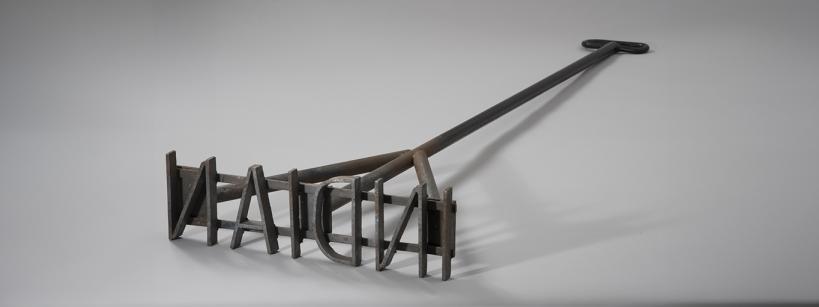Self-Paced Lesson
During this activity, students will analyze art and object labels from the When I Remember I See Red: American Indian Art and Activism in California exhibition. The art featured in this exhibition highlights the culture, history, identity, and traditions of different Native American communities along with the injustices they have faced. Then each student will create their own artwork and object label to tell the story of one of their own communities.
Standards
CA VA: Re7
CA VA: Cr1
CA VA: Cr2
Lesson Resources
Lesson: Pdf in full; Pdf in Spanish Student Response Sheet: Student Response Sheet (fillable pdf); Student Response Sheet (fillable pdf) in Spanish
Teaching Tips for Different Learning Environments
Whole Class In-Person Learning:
Relate: Students will make connections to their own lives.
- Ask the whole class to share the different types of art that they have previously created. Then read with the whole class the descriptions about the various forms of art in the INTRODUCTION and look at their images.
Investigate: Students will analyze art and object labels.
- Read PART 1 with the whole class. Next, have the students work in groups, with partners, or individually to analyze art in PART 1 - PART 3. Afterward, have the students share their answers to the questions with the whole class. Then ask the students to analyze an object label by doing PART 4 - PART 5 before sharing their responses to the questions with the whole class.
- Have students work in groups, with partners, or individually to complete PART 6 - PART 9. Then ask the students to share with the whole class the artwork and object label they chose to analyze along with their responses to the questions.
Create: Students will create their own artwork and object label.
- Assign the students PART 10 - PART 12 to complete individually.
Demonstrate: Students will demonstrate their learning by sharing their work with others.
- Have students share PART 11 - PART 12 during a classroom exhibition or gallery walk.
Whole Class Distance Learning:
Follow Whole Class In-Person Learning above. Instead of having a classroom exhibition or gallery walk, students can post a video of themselves sharing PART 11 - PART 12 for others to view through Padlet or Flipgrid.
Associated Resources




